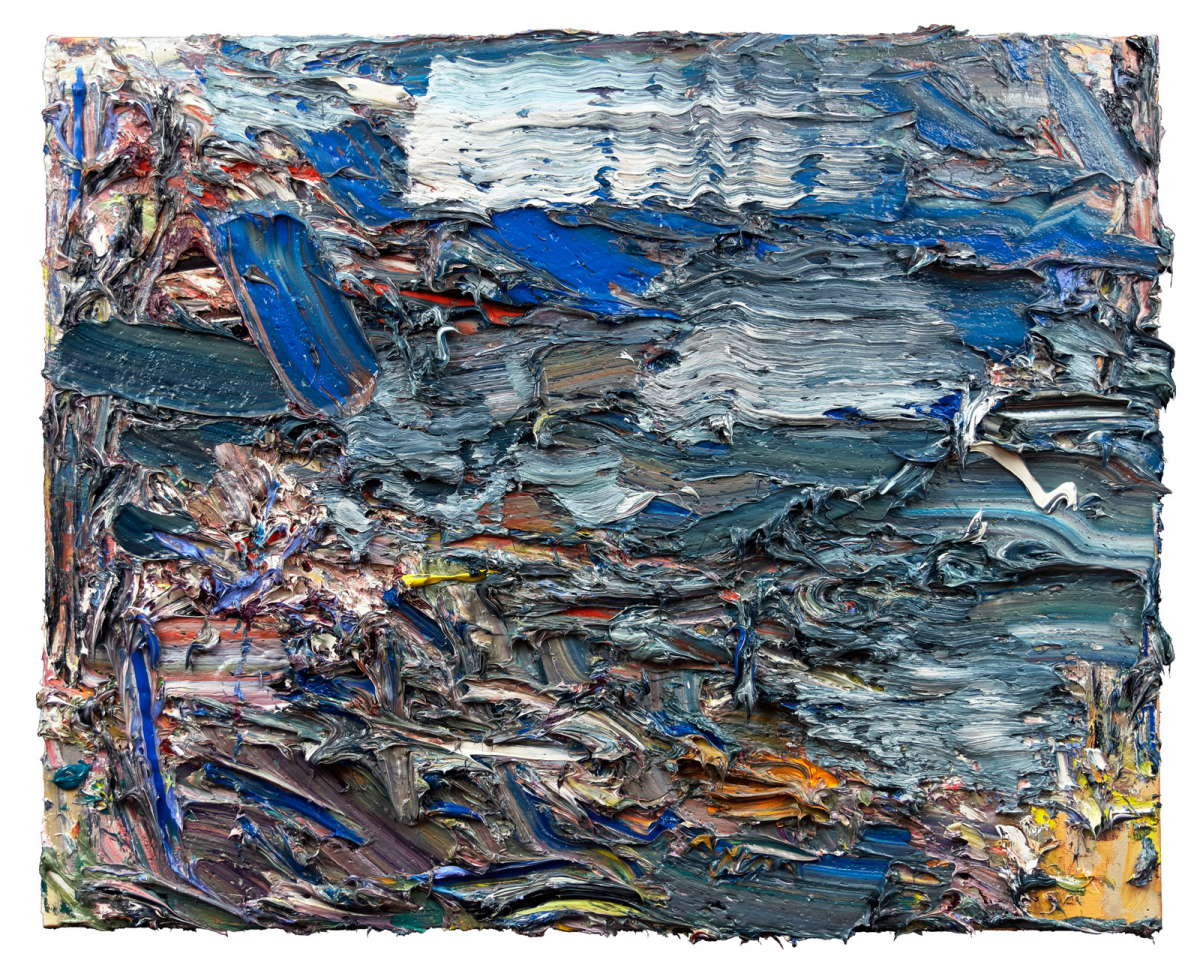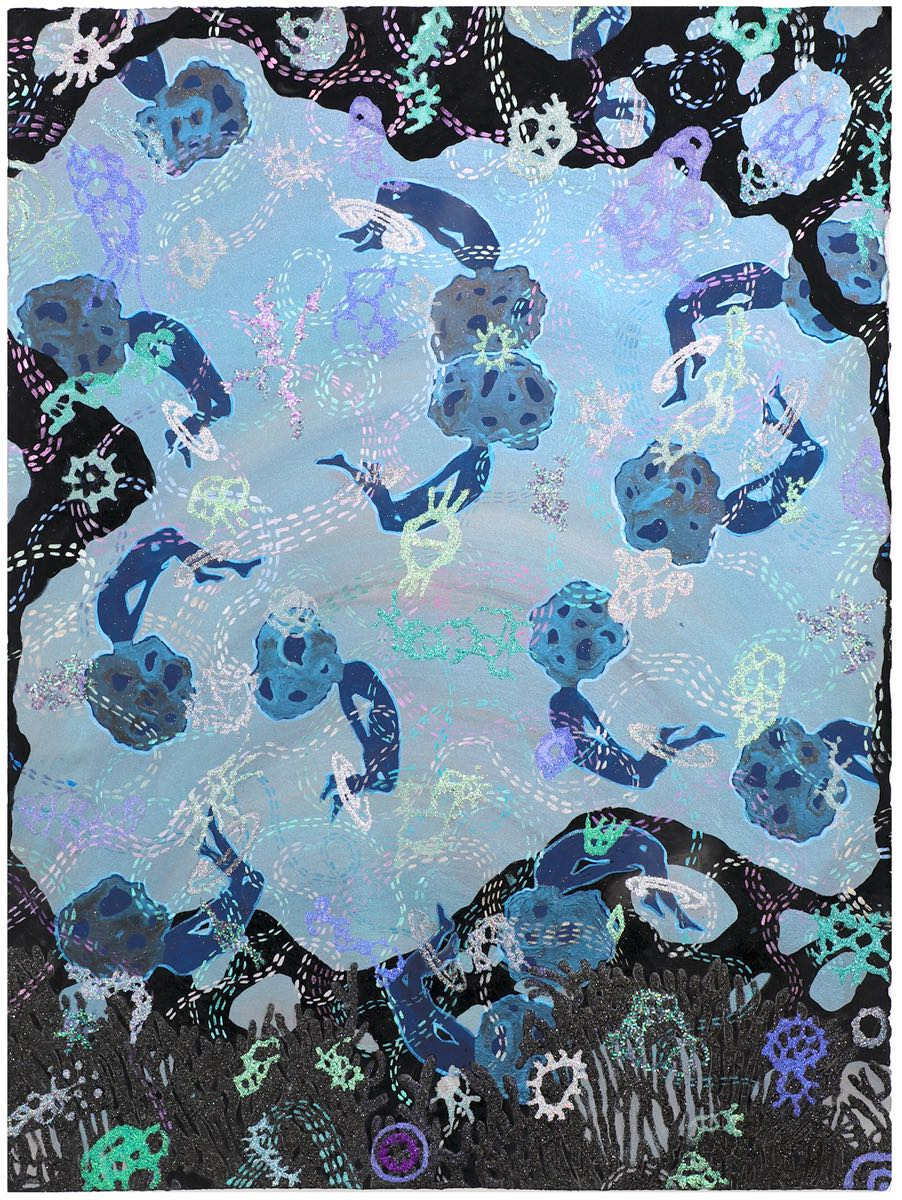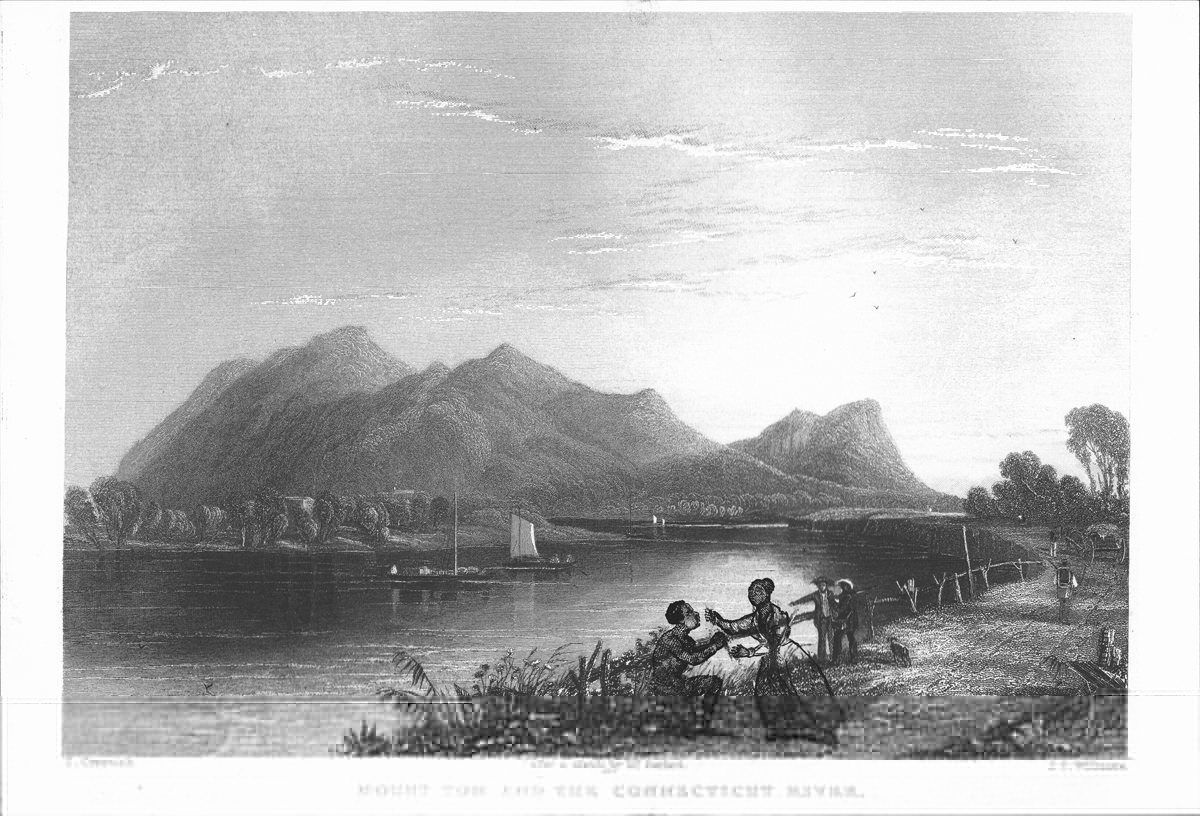
My interest in the art scene in Beacon goes back twenty years. In April of 2001, I reviewed the "Inaugural Invitational Exhibition" at Collaborative Concepts. This was the first exhibition the collective had in Beacon after moving from Cold Spring, New York, a move prompted by the news that the Dia Art Foundation was looking at the old, vacant Nabisco printing plant nearby. The exhibition included such luminaries as Grace Knowlton, Moses Hoskins, who I have since worked with as a curator in a number of exhibitions, and Kathleen Sweeney.
A little over two years later, in an article also written for the New York Times titled "Renaissance by the River,” I focused primarily on the opening of Dia:Beacon, a now famous 300,000-square-foot museum on 31 acres along the Hudson River. There was so much excitement, so much energy at that time with galleries popping up on both ends of Main Street in Downtown Beacon that it was impossible to ignore. Most importantly, Diane Shamash founded and directed three spaces for her non-profit arts organization Minetta Brook. There was Sara Pasti (at the Beacon Project Space – the first place I had ever seen the work of Carrie Mae Weems), David A. Ross and Bill Ehrlich with the Beacon Cultural Project; and Carl Van Brunt, who opened the Van Brunt Gallery.
The only two exhibition spaces that remain today form 2003 are Hudson Beach Glass, with their converted three-story firehouse operated by its four owners: Michael Benzer, Jennifer Smith, John Gilvey, and Wendy Gilvey; and The Howland Center, the converted library built in 1872 by the Civil War General Joseph Howland.
Today, in the recently named "Upstairs Gallery" at Hudson Beach Glass, you will find a group show curated by Cecilia Whittaker-Doe and Rachel Youens. Exhibition standouts are the paintings of Ying Li and Cecilia Whittaker-Doe. In viewing the work of Li, I could not help but think about the work of Frank Auerbach. With Auerbach, you very often have a portrait that has seen incredible changes over time, painting and repainting, reducing and adding till the colors become muddied, maudlin and the forms macabre, while personal aspects of the subject, the trials and tribulations of their history comes forward. With Yi, it appears every bit of paint that was placed on the canvas remains, much of which is pushed and spread, while late arriving remain relatively untouched from their original form shaped by the tube. These actions, both invasive and additive, seem playful at times, and disturbing at other times, revealing a multitude of emotions that one might feel when the mind wanders in our time of political and environmental stress.

Whittaker-Doe focuses on the natural environment, whereby the experience of a walk in the woods is expressed through visually enhanced emotions and memories in multiple media. I am very familiar with her work of the past few years, and most recently had two of her paintings in a show I curated titled "LandX"; as I am continually fascinated by her ability to capture numerous experiences, solid and tangible visions conveyed with fleeting fragments of clarity and pause. Nature has a perfect way of sustaining itself, as long as humans or climate change are kept at bay. Life comes from death, each spring there is renewal, and we should celebrate all of the intricacies, all of the powers of our natural world to evolve and change as we see in the works of this artist.
The newest space in Beacon is the Fridman Gallery. After opening a branch in Beacon from the mother ship in New York City's Bowery, this current, and their second exhibition features eleven very accomplished artists. The exhibition "Time Lapse," the overall space and presentation of the work is very high-end and very much like a NYC gallery. All the works have the proper amount of space and respect, and everything is beautifully presented and installed; a detail that is extremely important when bringing together such an eclectic variety of intentions and media. The highlights of the exhibition are Meg Hitchcock, Alison McNulty, Alisa Sikelianos-Carter and Jean-Marc Superville Sovak.
Hitchcock dazzles with her unique ability to mix media. Using individually cut out letters from a variety of text, she creates readable passages that occupy distinct shapes in the overall compositions. Using paint, graphite, ink and thread, Hitchcock combines beautifully resolved, colorful shapes that fall just on the edge of representation; indications of thought that easily slip into the subconscious of the viewer. The entire effect is one of a place where the spiritual meets the tangible and the conscious becomes a waking dream.
McNulty focuses our interest on the overlooked in a very profound way. In "Domestic Fault 2 (Brittle Response)" 2018, McNulty takes two neighboring pieces of old paint fragments and stitches them back together with her own hair. Here we see a variety of color changes over the years, where the cracked paint that has chipped off reveals a number of previous colors -- which in turn, may indicate the ever-changing family of residents. The tiny holes where the hair is inserted to join the two fragments both adds to and addresses the fragility of the media, while the intervention of the artist's hair, and in essence her DNA, interweaves the artist's own life with the lives the home's previous occupants.

Sikelianos-Carter's use of black, the light absorbing, dullness of the paint she uses as a background in "A Place to Return" 2021, will give most viewers pause. I assume this is the gouache she employs because it is so matte, although I had to look twice because of its depth of presence. Atop this base, Sikelianos-Carter paints a number of arching, floating figures with heads and necks encapsulated in huge holed puffs. Surrounded by earth and tree, and accentuated in weightlessness and movement with a series of painted dashes, one may begin to think about the magical interpretations of aboriginal art, or the work of Richard Dadd and his contemporaries who made paintings of fairies in Victorian times. Mesmerizing is the best way to describe the effect of this work.
Superville Sovak combines prints of 19th Century, Hudson Valley engravings with images from Anti-Slavery publications. The effect is powerful and heartfelt, as the artist asks questions in his titles such as "Am I Not a Man?" or makes the statement "Between Hell and Hell on Earth." Looking from the outside, not being a person of color, it is impossible to totally understand Superville Sovak or what any person of color must go through on a daily basis whether it is microaggression or out and out racist oppression. What I can feel and say, is that I am deeply touched by this work due its clear and concise way of juxtaposing truth.
If you happen to be in Beacon drop in and see these two exhibitions. And if you have a bit of extra time, and you are a fan of artists who are a fan of Red Grooms or Juxtapoz magazine, stop in at Marion Royael gallery.
"Re-Ordering of Place," at the Upstairs Gallery/Hudson Beach Glass runs through August 8th. "Time Lapse" at Fridman Gallery ends August 16th.
